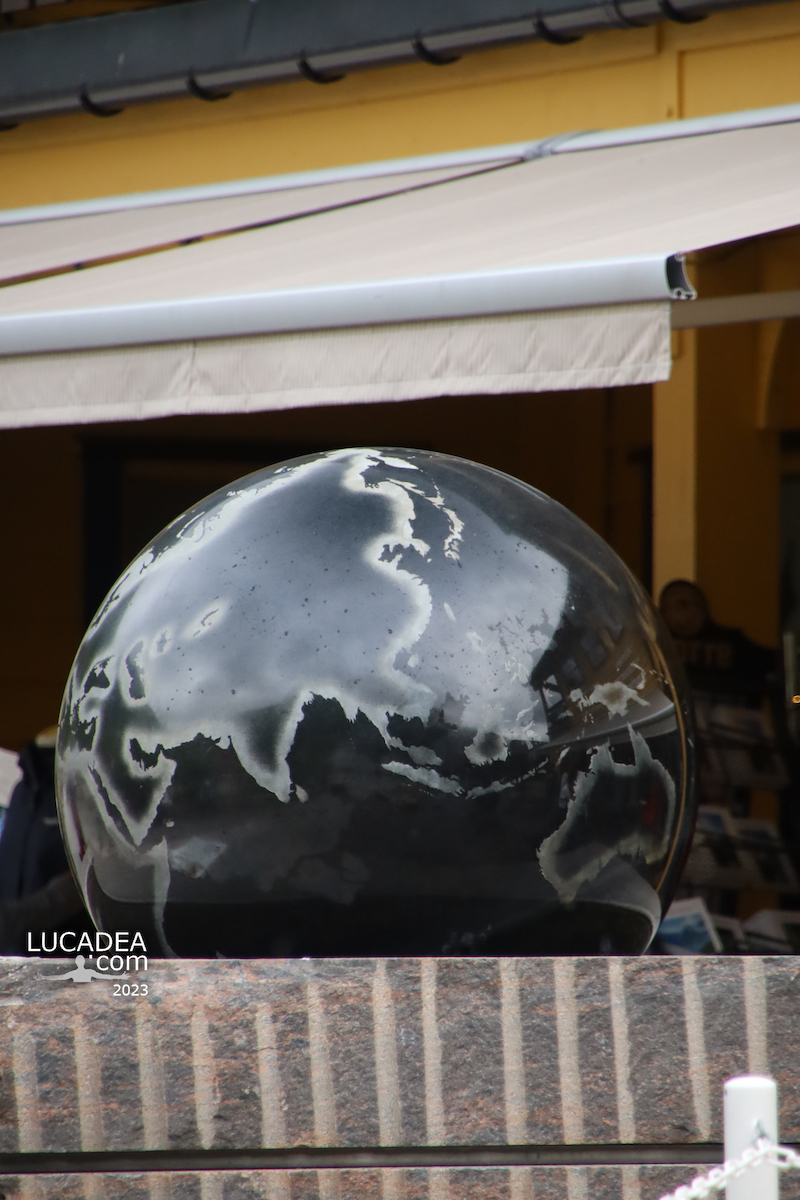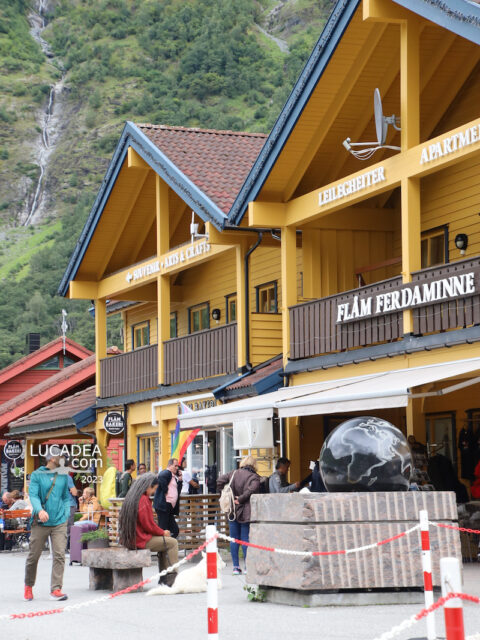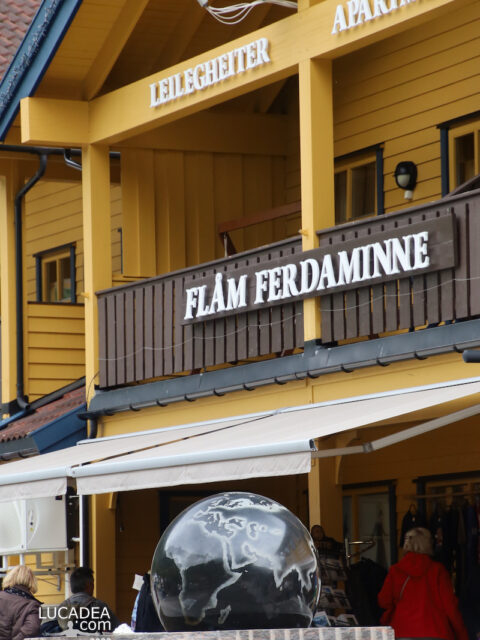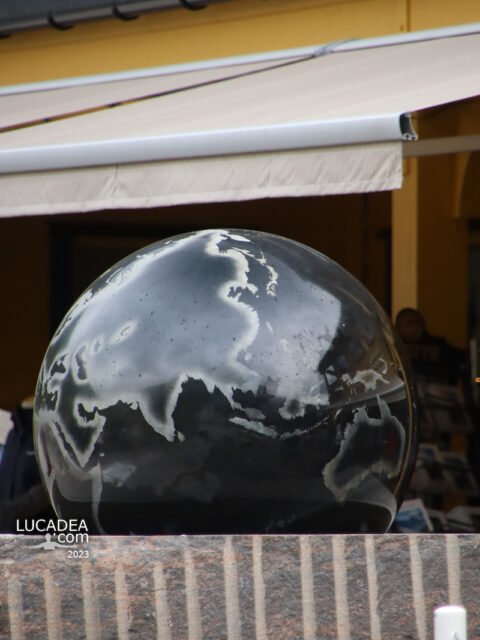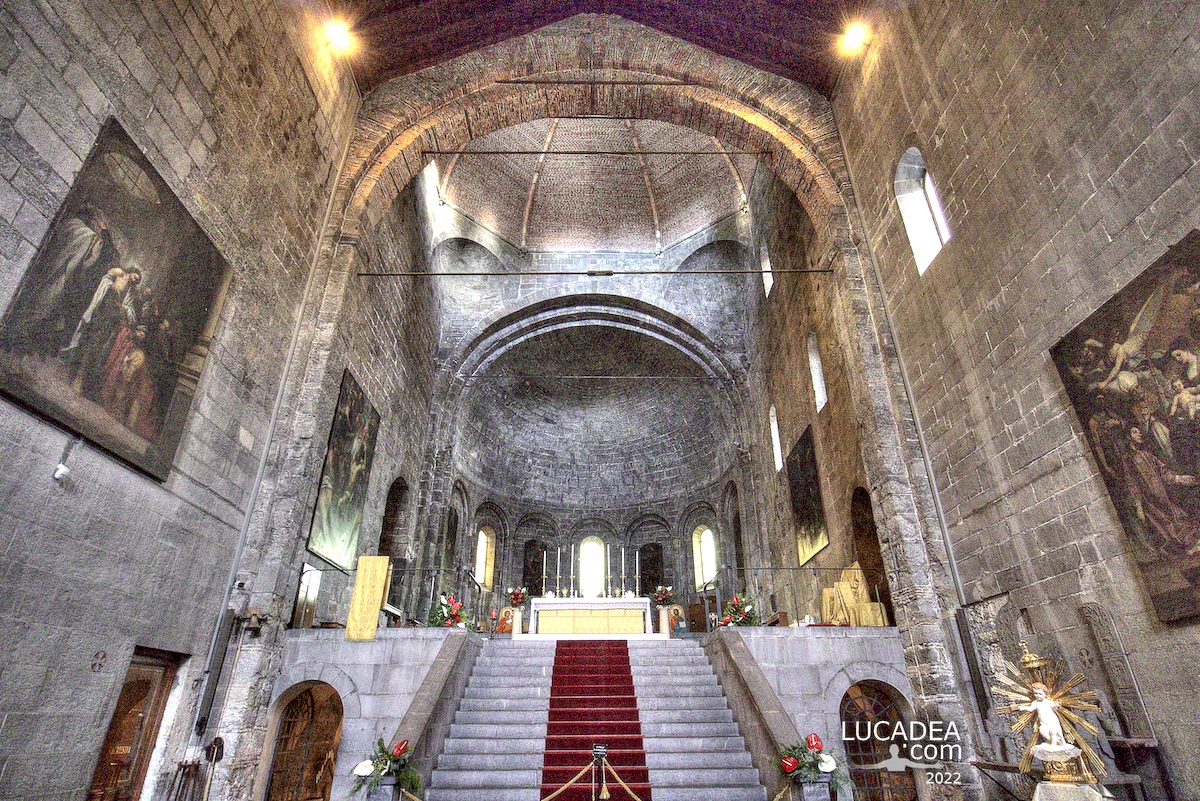A characteristic alley in the village of Spello in Umbria.
In the heart of Umbria, the village of Spello stands out for its timeless beauty and the charm of its cobbled alleys. One of the most characteristic is the Vicolo dei Baci, located in Via Sant’Angelo. This picturesque corner is famous for its colorful flowers and limestone houses, which create a romantic and welcoming atmosphere.
Spello, known as “Splendidissima Colonia Julia” in Roman times, still preserves traces of its long history. Walking through the alleys, you can admire the Roman walls, the Augustan gates such as Porta Consolare and Porta Venere, and numerous historic buildings. The Vicolo dei Baci, with its arches and flower-filled facades, perfectly represents the harmony between nature and architecture that characterizes Spello.
Walking through its alleys is an experience that involves all the senses. Its alleys are particularly evocative during the Infiorate del Corpus Domini, when the streets of Spello transform into carpets of flowers, making every corner of the village even more magical. The scents of the flowers, the bright colors of the plants and the sound of footsteps on the cobblestones create a unique atmosphere.
Spello offers numerous points of interest. The Church of Santa Maria Maggiore, with the Baglioni Chapel frescoed by Pinturicchio, and the Church of Sant’Andrea, which houses works of art of great value, are just some of the wonders to discover. Don’t forget to also visit the Pinacoteca Comunale, which collects sacred works of art and frescoes from the medieval period.
This alley is just one of the many hidden treasures of Spello. This Umbrian village, with its thousand-year history and its natural beauty, is an unmissable destination for those who love art, culture and the tranquility of small historic centers. A walk through its alleys will make you fall in love with this corner of Italy, where every stone tells a story and every flower adds a touch of poetry.
Do you know or have you ever visited the village of Spello?
Add your own comment or go to the bottom of the site to read what other visitors have written.
Photo taken with Canon EOS RP and lens Canon RF 24-50.
To see all the photos I took in the village click here:

Here is where the village is located:
Spello (Hispellum in Latin) is an Italian municipality in the province of Perugia in Umbria. It is part of the circuit of the most beautiful villages in Italy and boasts the Orange Flag tourist-environmental quality brand, awarded by the Italian Touring Club. Spello was founded by the Umbrians and then named Hispellum in Roman times; it was then registered with the Lemonia tribe. Later declared "Colonia Giulia" by Caesar and "Splendidissima Colonia Julia" by Augustus, because it supported him in the war of Perugia; after the victory of Augustus, he himself ceded to Hispellum a good part of the territories governed by Perusia and the dominion of the city of Spello extended to the sources of the Clitunno, which were previously under the possession of Mevania. Later it was called "Flavia Costante" by Constantine. Ancient Spello was considered one of the most important cities in Roman Umbria.
Continue and learn more on Wikipedia
A characteristic alley in the village of Spello in Umbria – Une ruelle caractéristique du village de Spello en Ombrie – Un callejón característico en el pueblo de Spello en Umbría – Um beco característico na aldeia de Spello, na Úmbria – Eine charakteristische Gasse im Dorf Spello in Umbrien – Một con hẻm đặc trưng ở làng Spello ở Umbria
The text of the post was written with the help of Copilot, a virtual assistant based on artificial intelligence.















